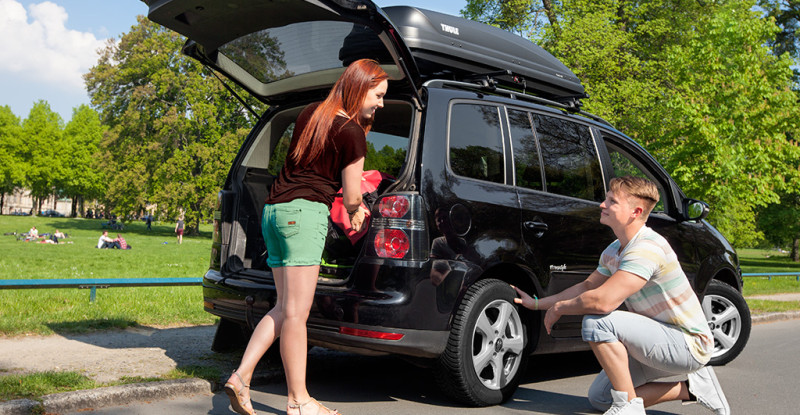Is it possible to drive a car and save money at the same time? The answer is yes! All thanks to economic driving. It is an energy efficient use of a car in order to reduce fuel consumption. An experiment showed that drivers observing the rules of economic driving saved an average 10% on their weekly fuel bills. If, therefore, you wish to keep some extra pennies in your pocket, here are some guidelines
Before hitting the road
- Lose weight: Take out from the trunk everything you don’t need because the heavier the car, the more fuels it consumes.
- Start and go: Don’t start the engine until you are ready to go. The engine warms up more quickly when the car is moving, while leaving the car idle is a waste of fuel.
- Avoid short trips: Try to combine shorter errands in one longer trip as cold starts use considerably more fuel.
- Engine oil: Make sure that the engine oil level is always optimal and in accordance with your car’s handbook specifications.
- Regular check-ups: Get your car serviced regularly to keep it in top shape.
On the road
- Take it easy: Drive smoothly, accelerate and decelerate gently and try to avoid unnecessary braking.
- Slow down: The faster you drive the more fuel your car needs. Statistics show that driving at 70 mph costs 15% more fuel than driving at 50 mph.
- Roll: Try to keep your car moving all the time if possible. Remember that starting the vehicle uses more fuel than rolling.
- Watch your gear: Always change the gear accordingly to your speed as the higher the gear, the lower the fuel use.
- Cut down on electricity: Don’t keep the heating, demister blowers, headlights, air-conditioning and rear windscreen heating on if they are not necessary.
Don’t forget about tyres
Well-maintained tyres make driving cheaper. Tyre pressure plays a significant role in economic driving. The rolling resistance of incorrectly inflated tyres is greater and leads to higher fuel consumption. Tyres should be inflated in accordance with the car manufacturer’s specifications and their pressure should be checked at least once a month. Moreover, the rubber of tyres older than six years can lose its elasticity and become porous; aged tyres can be prone to dangerous air leaks.






